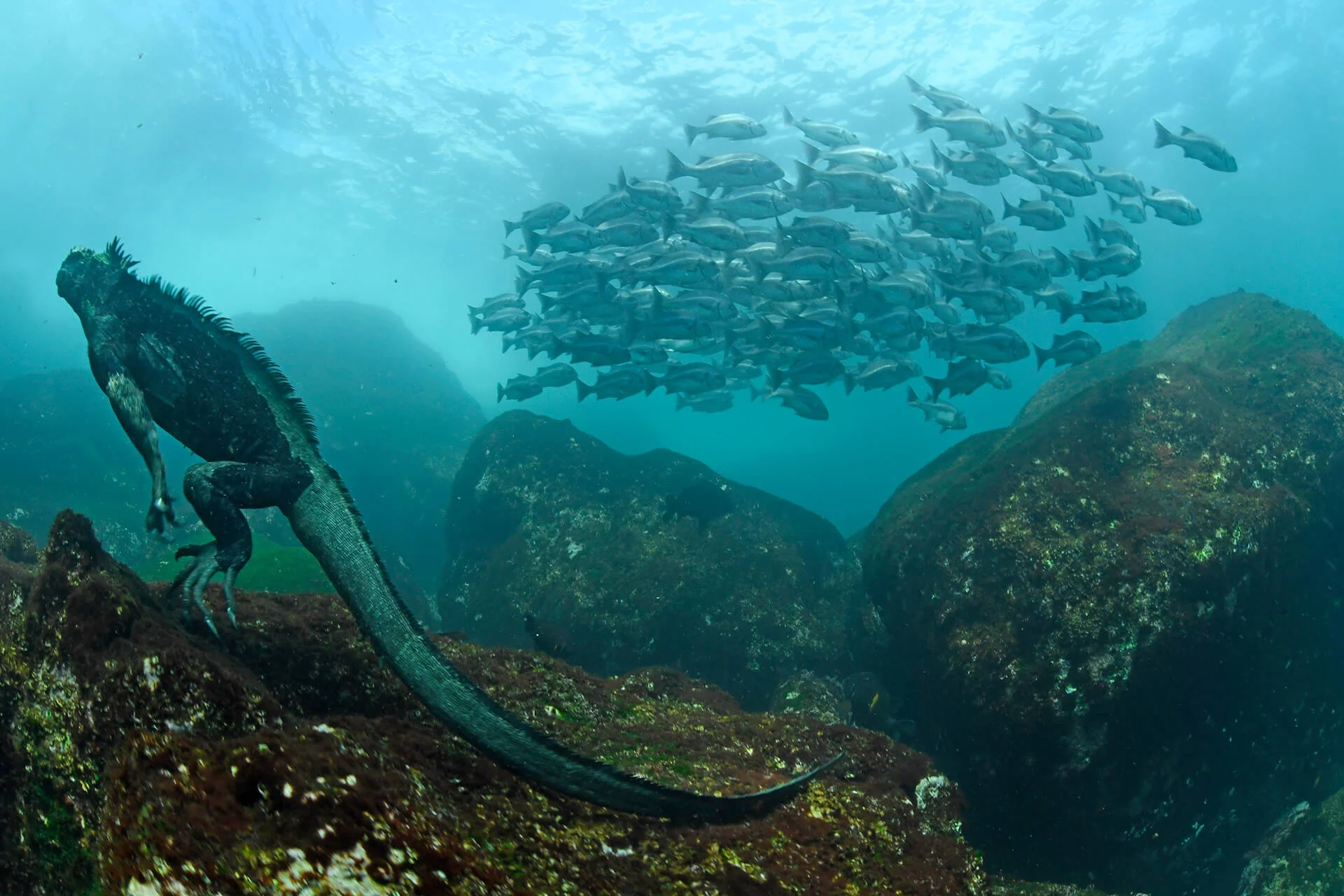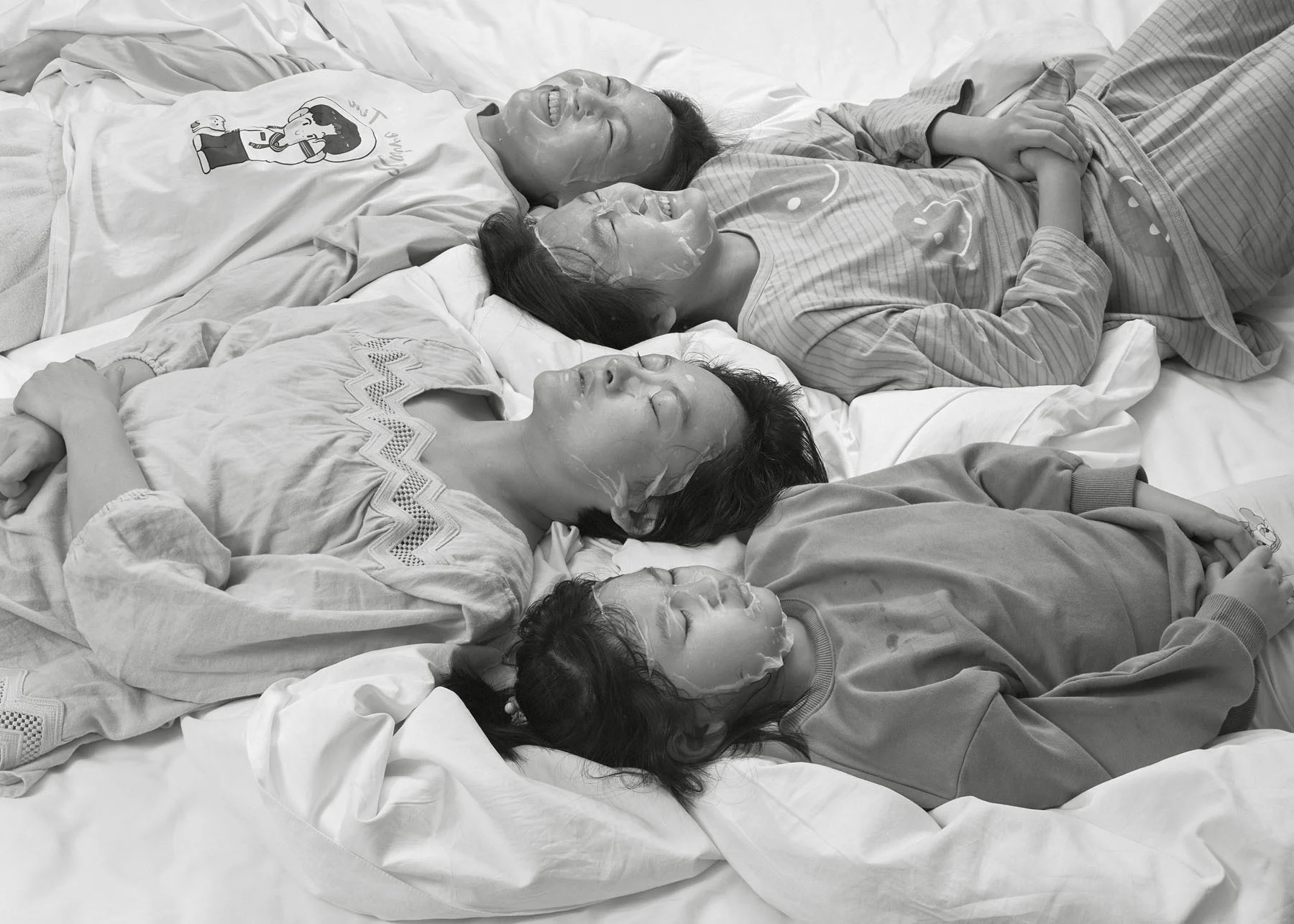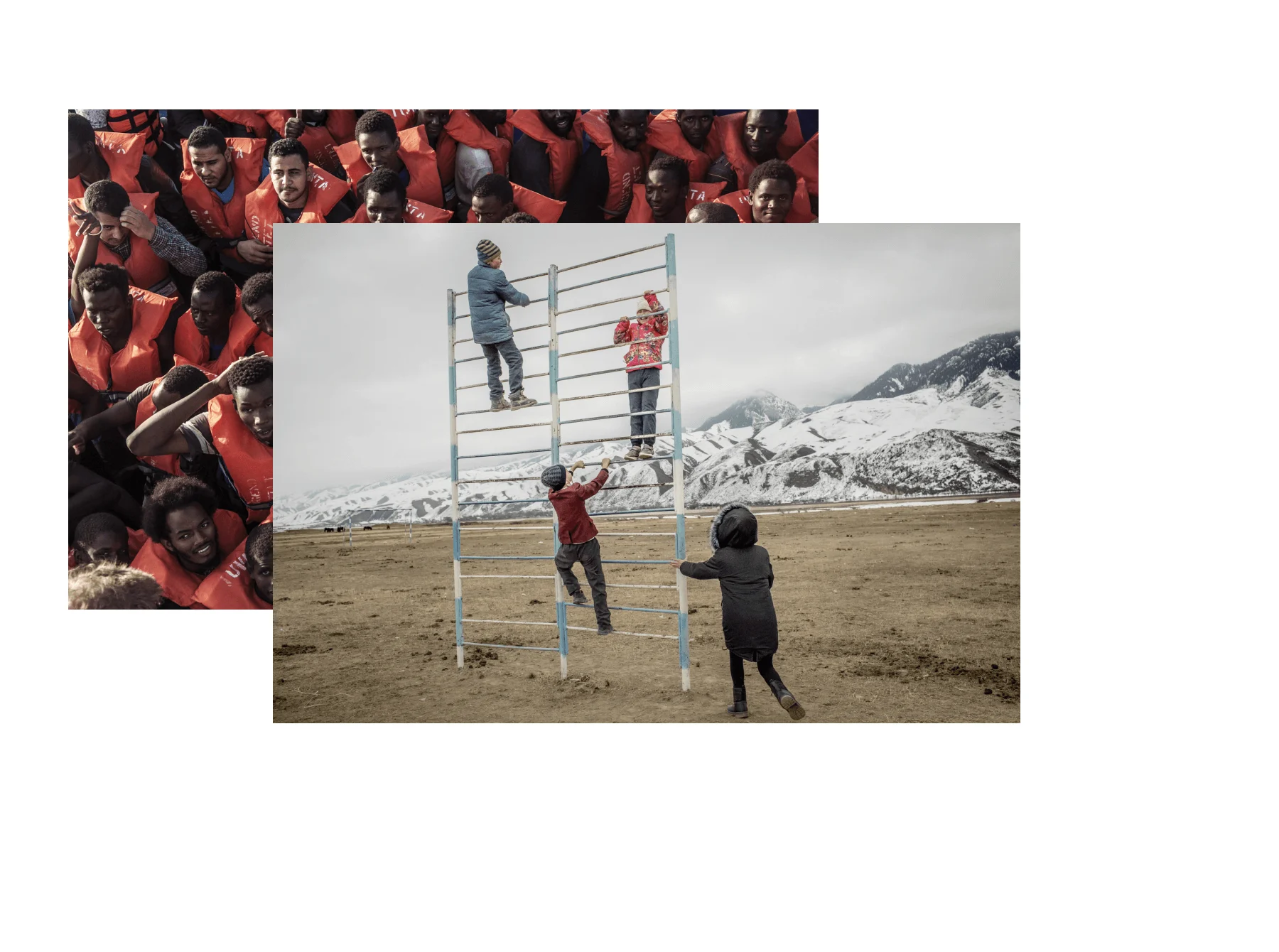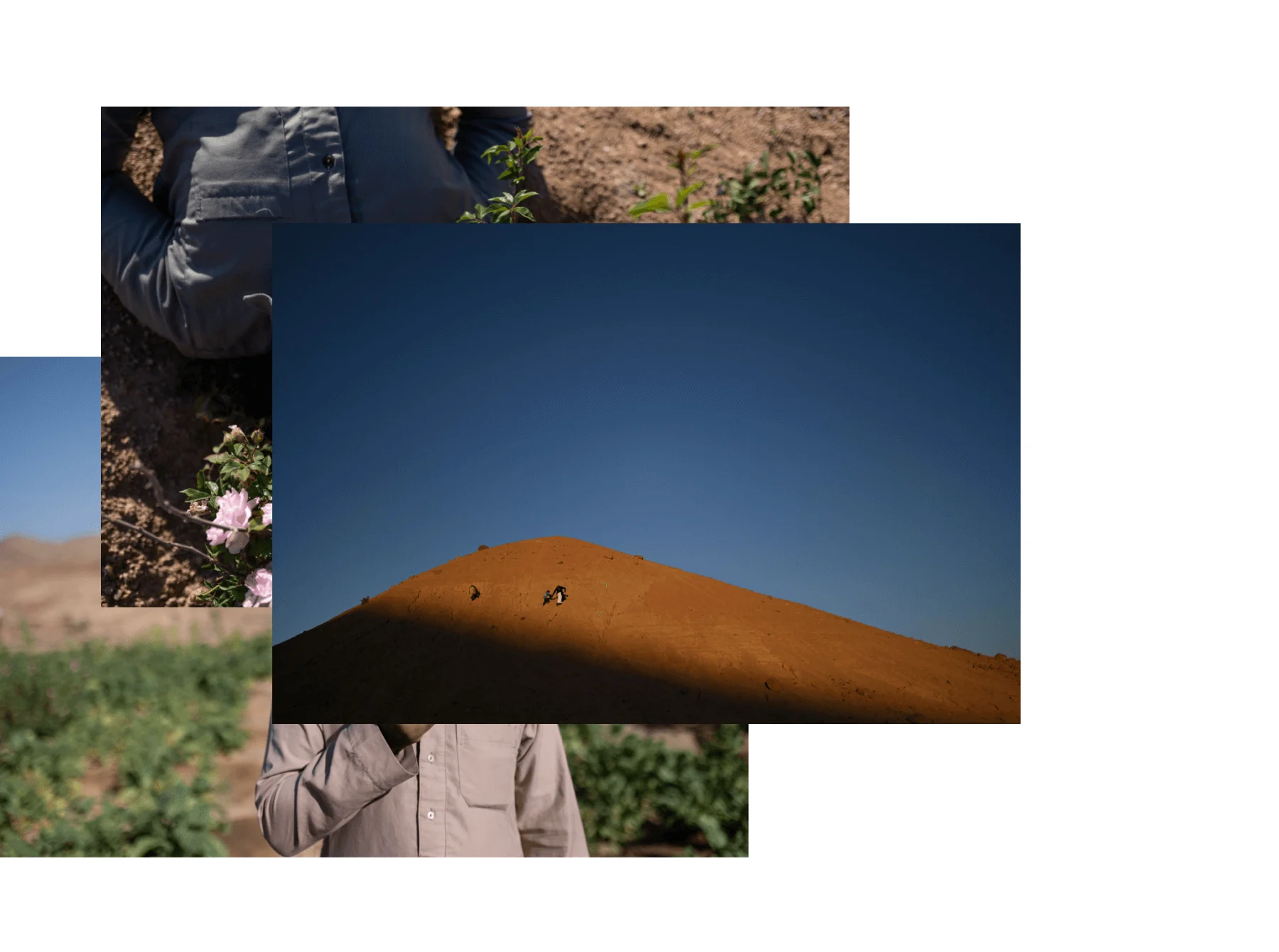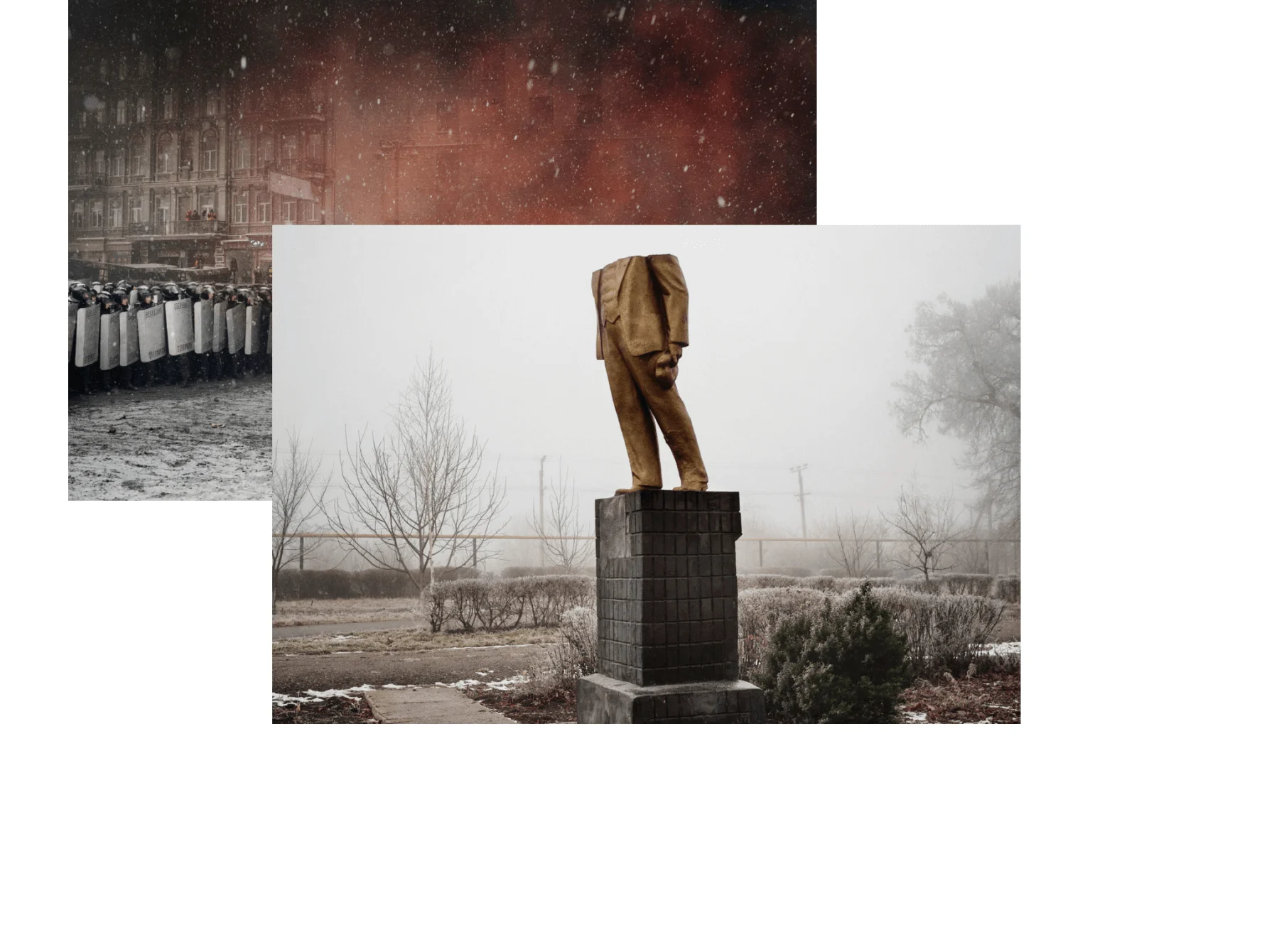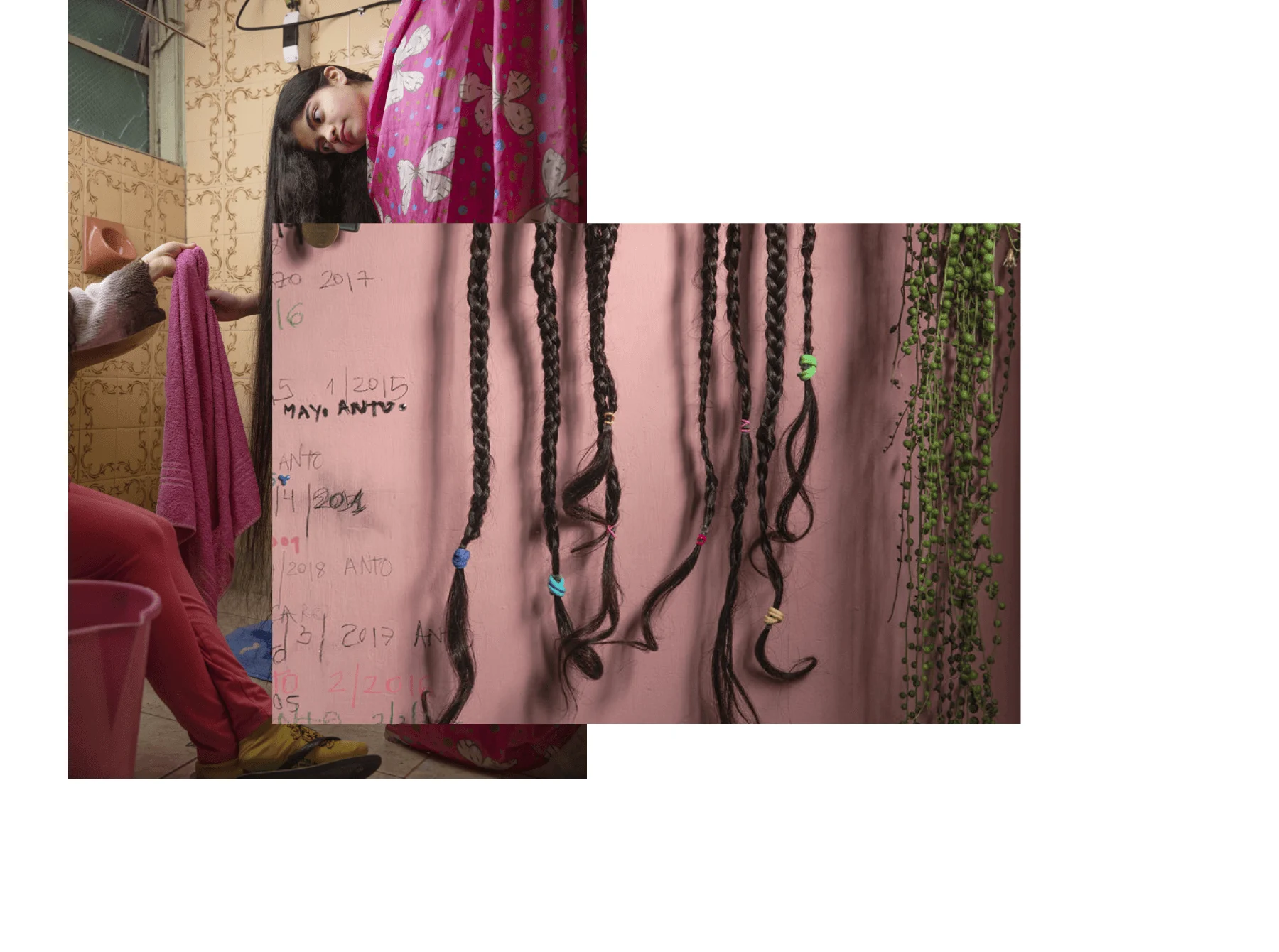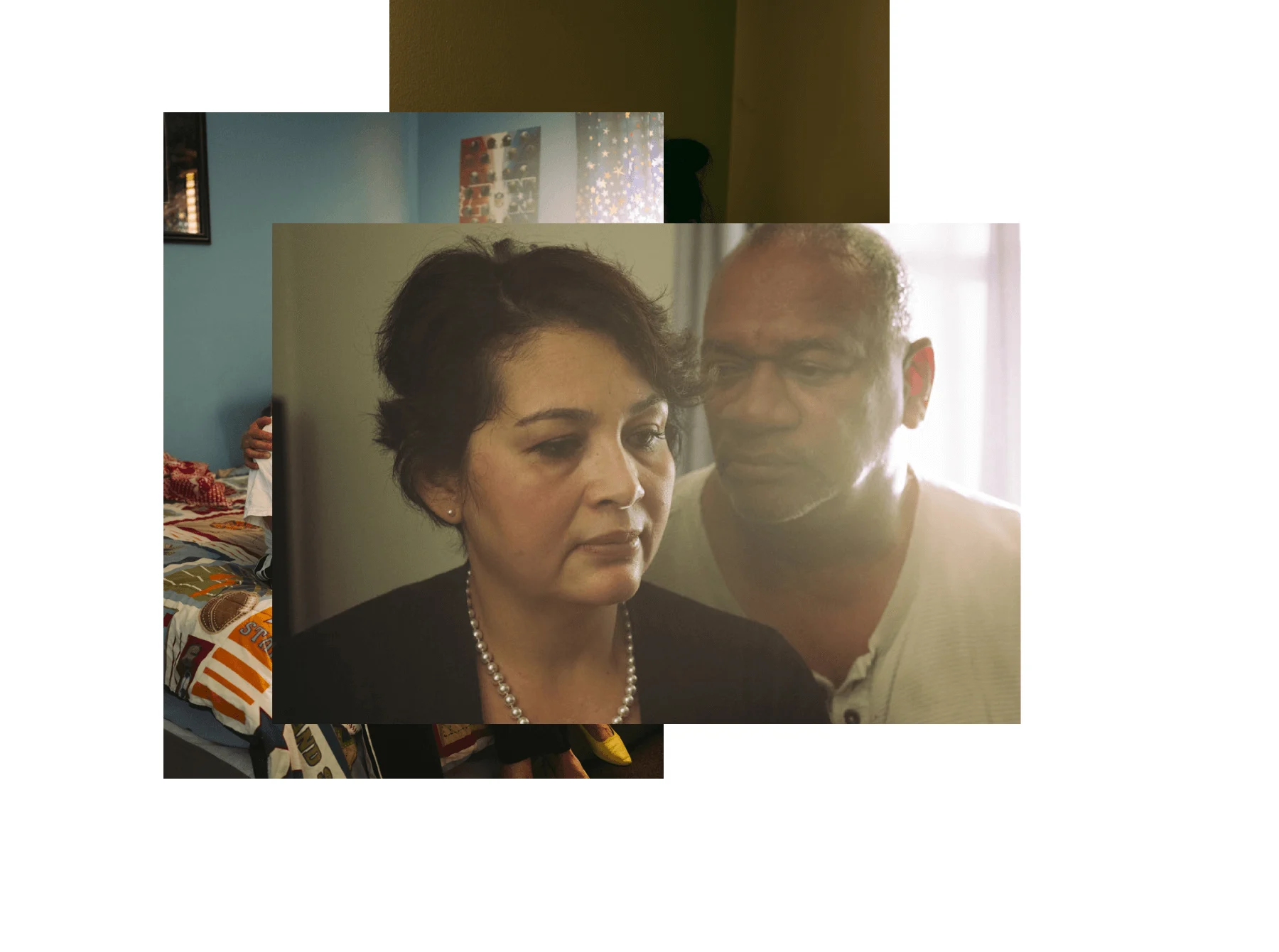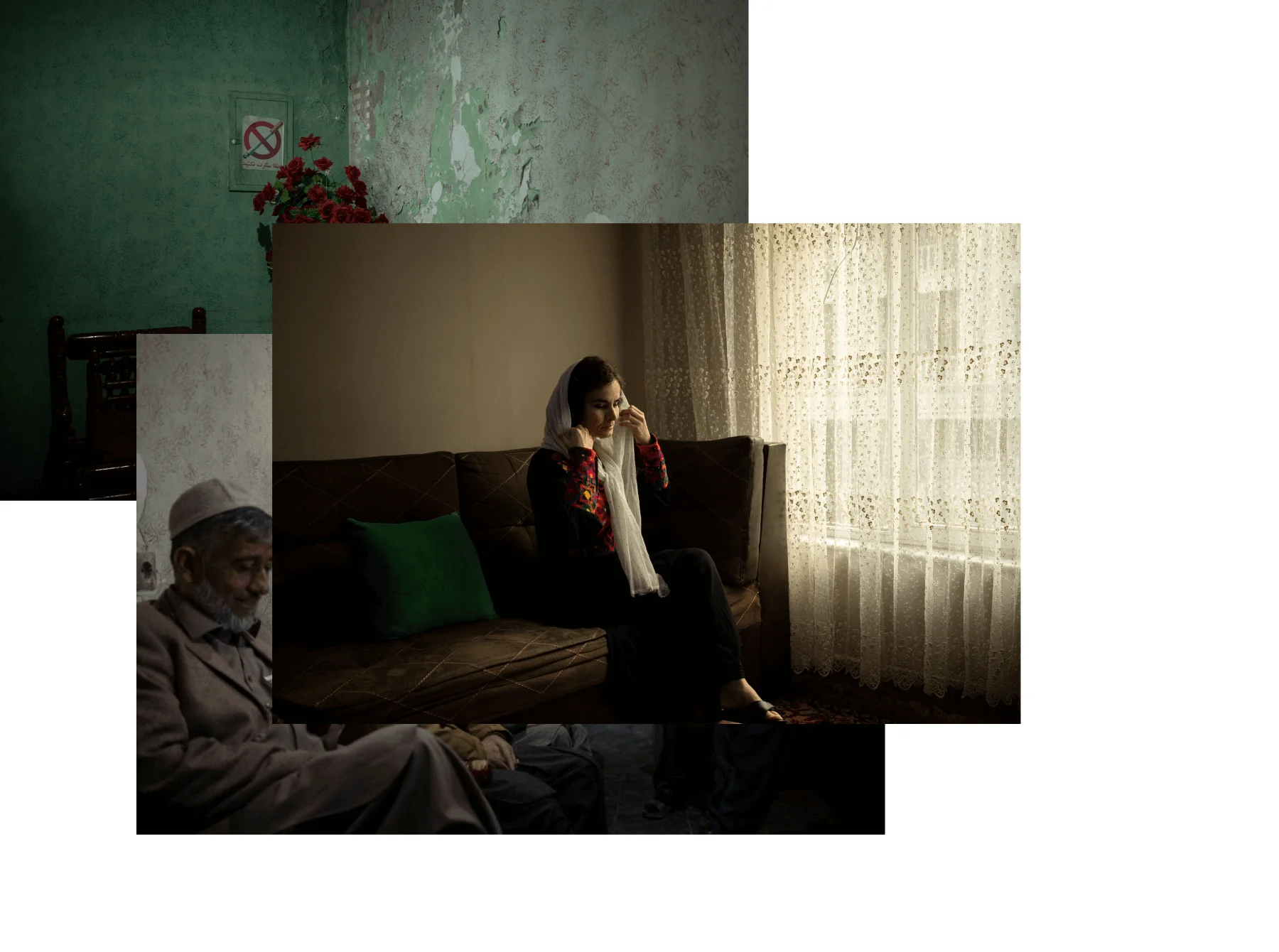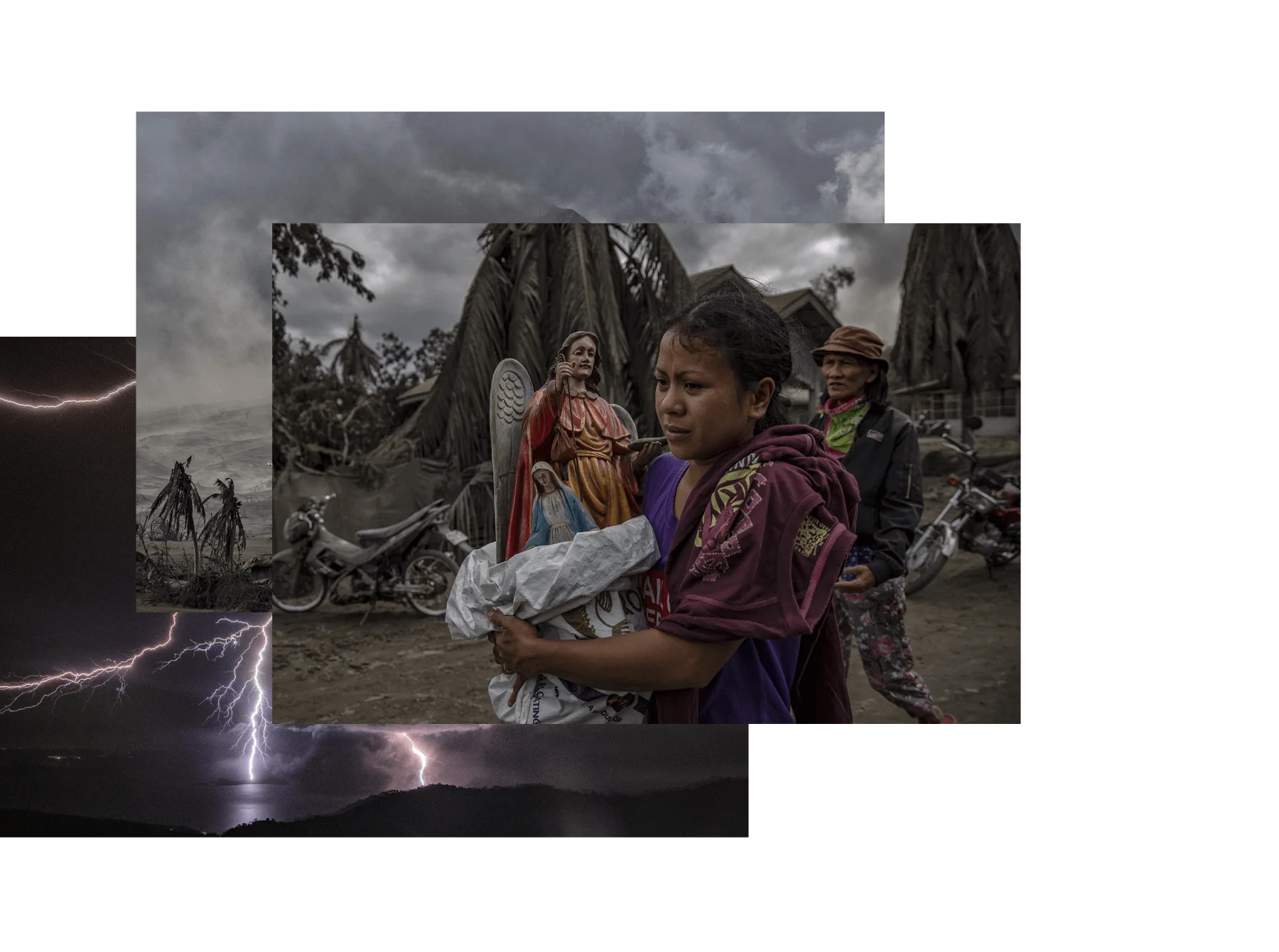

How do you visualize a story that is yet to happen? That’s what the German photographer Thomas Peschak aims to do with his series about climate change. Shot in the Galapagos Islands, where the extraordinary climate creates mini-simulations of nature’s future every few years, Thomas shows with his photos what the world is in for.
Galapagos: Rocking the Cradle is nominated in the Nature category of the World Press Photo Award. We spoke to Thomas about creating impact with his work as scientist and photographer, and he took us through some of his favorite images of the series.
Since 2016, we’ve partnered with the World Press Photo awards to tell the stories behind the best photojournalism around, in the photographers' own words. See the whole series here.
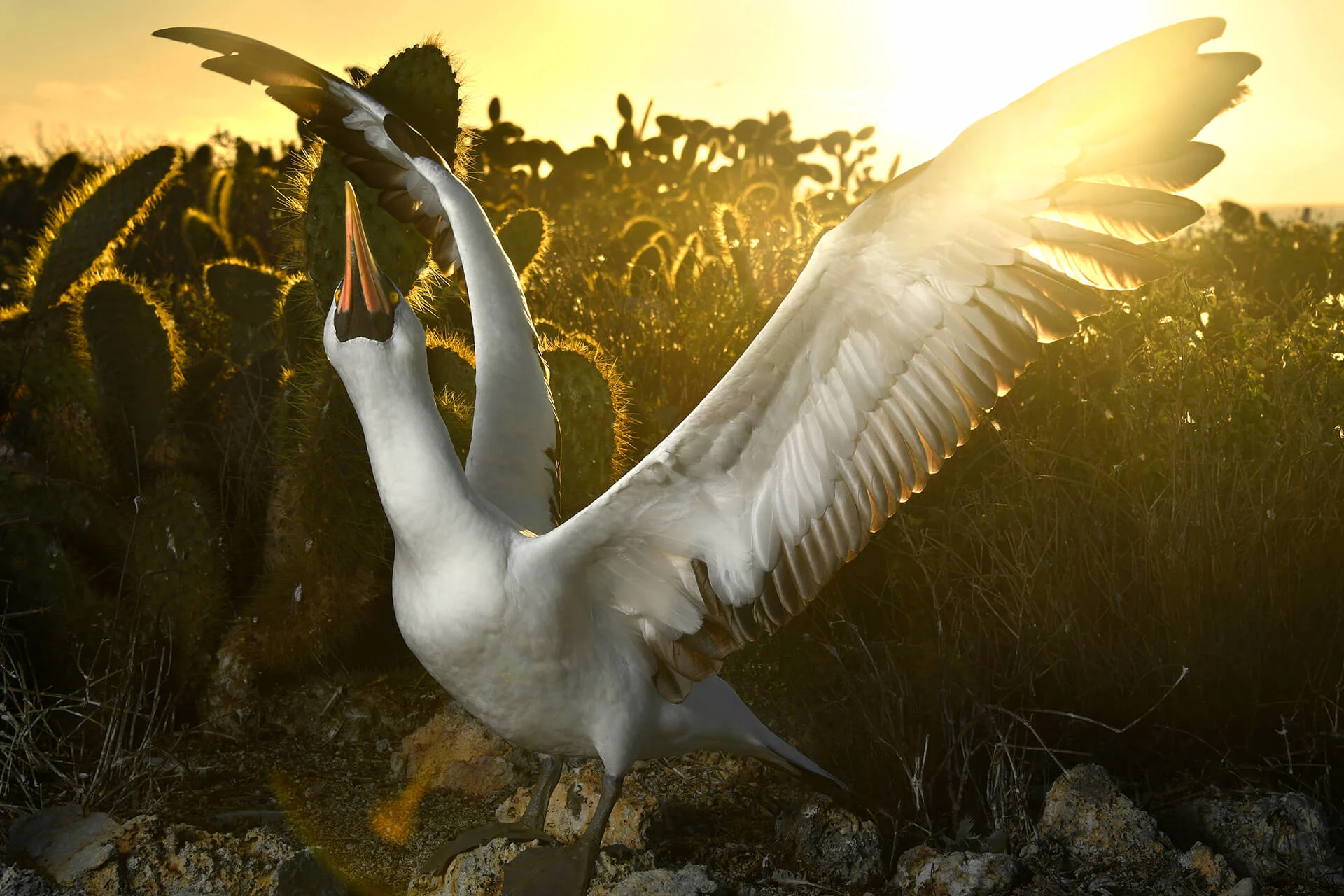
I was a scientist long before I was a photographer; I worked mainly on marine conservation issues.
As much as I loved the research, for really driving change, the statistics didn't quite do the trick. I began to write and take photographs and in a few months, I had reached more people and accomplished more than I had in the last five or six years with my research. Very quickly I had this ah-ha moment: maybe I can make a greater impact through photographs than through statistics.
I would not be the photographer and the storyteller that I am today without my science background. At National Geographic, almost all of us are experts in the themes that we cover.
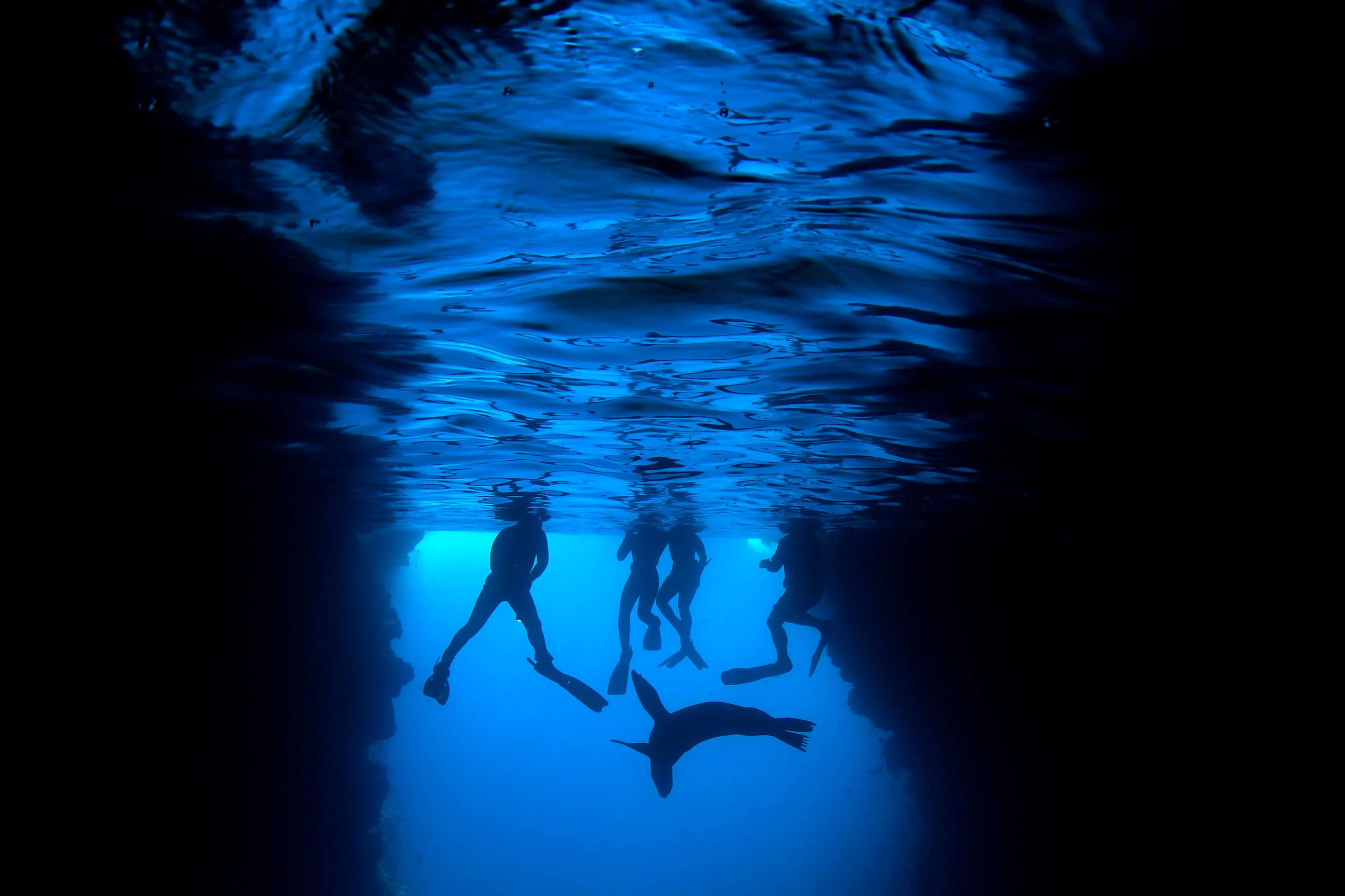
Photography is the technical medium which I use to tell the story, but at the end of the day it's the knowledge of the story, it's the understanding of the behavior of the animals and the deep understanding of the conservation issues that are at the heart of it. I think that allows me to create images that are perhaps different, that hopefully get people to stop and think and act. To ask themselves, "How does this impact me? How does this affect me?"
Conservation is all about altering behavior at the end of the day. Hopefully, once they've learned more, they might be willing to modify their own behavior. So, for me science and photography are very much partners in crime.
For me science and photography are very much partners in crime.

In the last few years, climate change has become one of the most covered conservation stories on our planet. It's really grabbed the media’s attention and the amount of column space it gets is incredibly encouraging.
I think visually, in the past, it's been very polar-region heavy, pictures of ice caps melting with polar bears. Don't get me wrong, they're critical, critical issues, but climate change goes way beyond the polar regions. The whole of our biodiversity is going to be impacted.
But the biggest issue is how do you visualize that? How do you, as a photojournalist, make a set of images that tells of something that is going to happen maybe in ten, 20, 30, 40, 50 years?
Without being able to visualize it, how are you going get someone to actually care? If you have an oil spill and you see hundreds of penguins and seabirds dying, that's visually very straightforward. Climate change is much harder.
How do you make a set of images that tells of something that is going to happen maybe in ten, 20, 30, 40, 50 years?
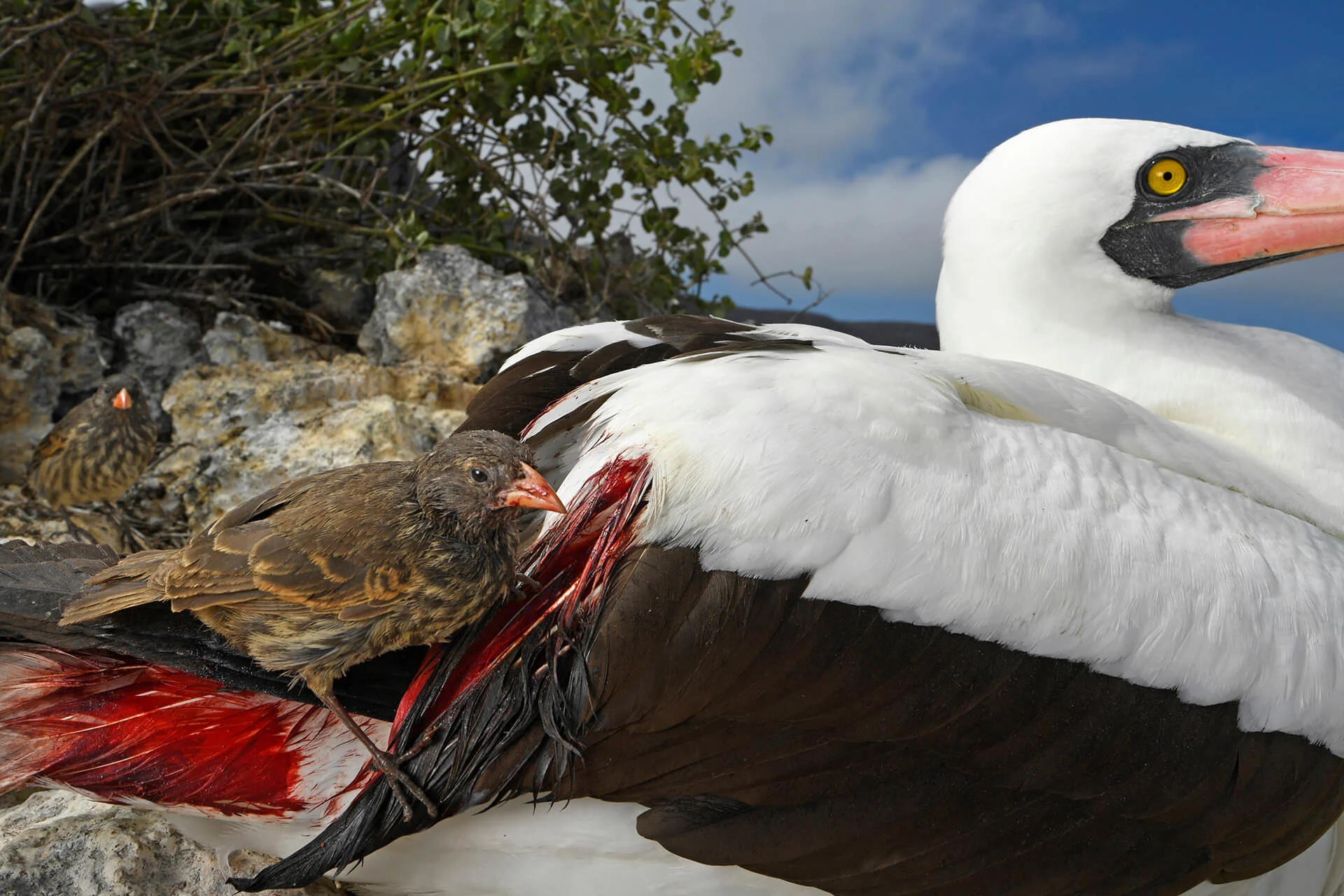
In the Galapagos, every ten years or so, you have almost like a mini-simulation of the factors that really mimic what scientists are predicting is going to happen.
The Galapagos are situated in this really dynamic location. They're sitting at the confluence of four different ocean currents, at the epicenter of climatic extremes. Very much like a canary in the coal mine, the islands really foreshadow the fate of biodiversity.
Every five to ten years, there are these extreme climatic events in the Galapagos called El Ninos, where the ocean warms, rainfall increases and the sea level rises. So in the Galapagos, every ten years or so, you have almost like a mini-simulation of a lot of the factors that really mimic what scientists are predicting is going to happen.
By looking at the impacts of these El Nino cycles, you're almost in a time machine. Of course, Galapagos has this incredibly iconic animal and plant life. It's probably the most well-known national park on our planet, and people are incredibly familiar with these creatures. By traveling and working in the Galapagos Islands during one of these El Ninos, I was hoping to capture images that would show some of the impacts that the rest of the world can look forward to, if we keep operating on the “business as usual” mandate.
Galapagos finches

Now the question is, will they be able to weather this very steep change in the climate that we're throwing at them?
The Galapagos Islands are best-known as the location where Darwin came up with the theory of evolution. And the Galapagos finches are the birds that really drove Darwin to come up with that concept.
The picture really illustrates the relationship between the birds and their food. In the middle of the circle of the dead taxidermy finches, you see some seeds, of all different colors and sizes. These birds mainly subsist upon these seeds.
Each species of finch has a beak that is the perfect size for a certain seed. It's a very, very niche evolution. When the climate suddenly shifts and certain seeds are no longer available, or seeds are becoming bigger or smaller, these species are no longer as well adapted to their environment as they once were.
These birds have evolved their lifestyles and their ecological niche over probably hundreds of thousands if not millions of years. Now the question is, will they be able to weather this very steep change in the climate that we're throwing at them? That's the unknown at the moment.
The terrestrial realm and the ocean realm
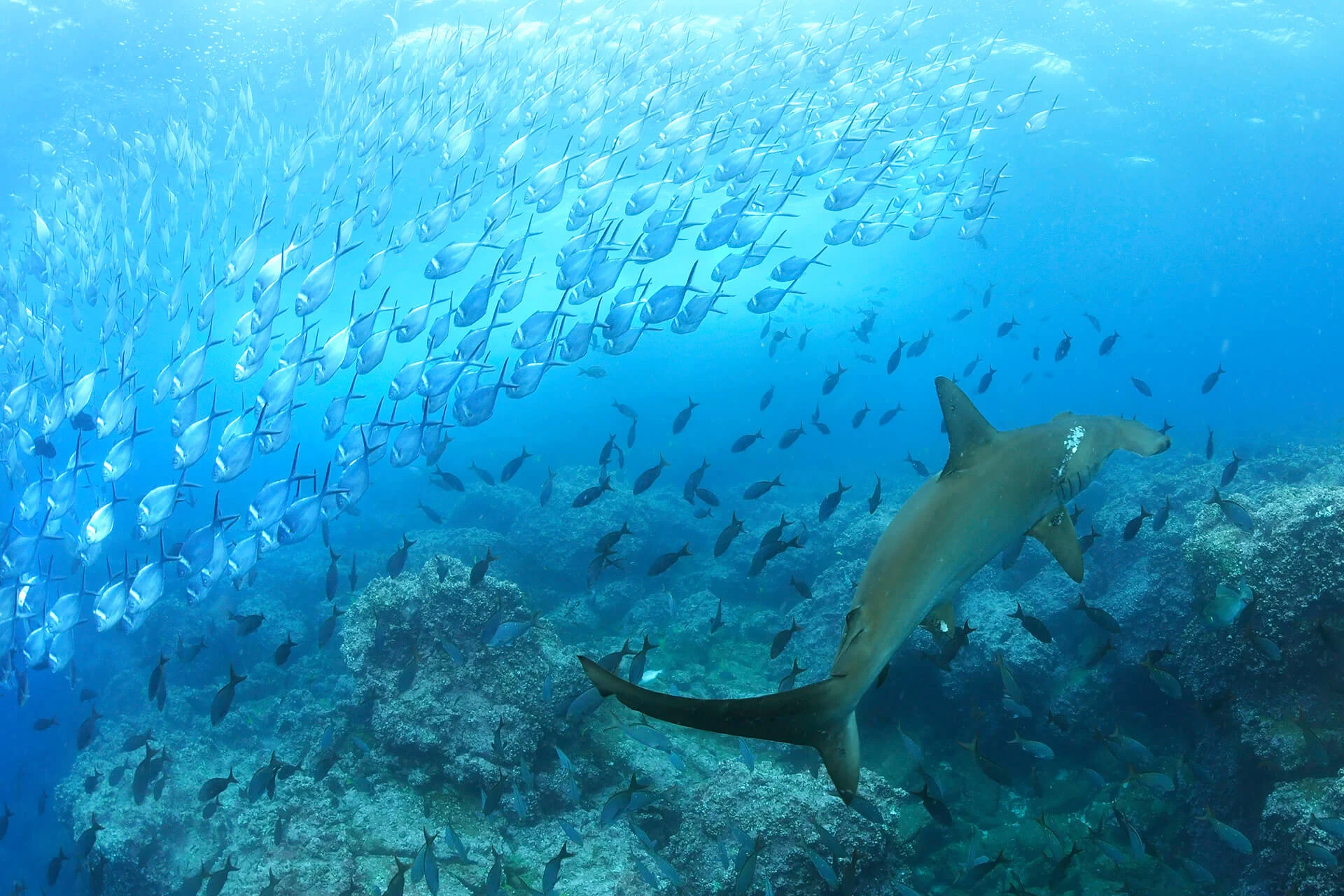
My dream is of a bold animal that literally wants to investigate me, because that makes my life a lot easier.
The boundary between the terrestrial realm and the ocean realm, for me, is pretty much non-existent. A lot of ecological processes move effortlessly in between. I like telling stories that encompass both. I think each picture has to really give the audience something different, a different perspective.
Until you get underwater you cannot really see what's going on beneath the surface. In terms of finding and locating your subject, it’s much harder, and no matter how crystal clear the ocean is, as a photographer, water robs you of clarity and it robs you of light. You cannot use a long telephoto lens. On land, I sit in my Land Rover, I've got a 600 mm lens and I can pretty much shoot an animal that's 100 meters away. I don't have that luxury underwater.
To shoot powerful imagery underwater, I have to use a wide angle, and I have to get close. I'm talking incredibly close; you need to be within a meter or two of your subject. So that also creates a much more intimate picture. You have to really understand your subject, because your subject needs to let you into its personal space.
Most of the time, the animals are afraid of you and you do everything in your power for them to feel relaxed. It's very rare that you get a bold shark that comes right up to you. That's my dream. My dream is of a bold animal that literally wants to investigate me, because that makes my life a lot easier.
Marine Iguanas

They're little Godzillas. That's a damn cool critter, full stop.
I think the one picture that best represents the entire story is the opener of the two marine iguanas, the one alive, the one dead.
Marine iguanas, for me, they're the Galapagos icon. They occur nowhere else on earth. They're the only ocean-going lizard on our planet. They're little Godzillas. That's a damn cool critter, full stop. And they look invincible, right?
In actual fact, they are incredibly fragile and vulnerable. For them, life and death is literally governed by a few degrees in temperature. They're probably one of the animals most sensitive to climate change anywhere in the world. They go into the ocean and dive to the bottom of the sea to eat algae. As our planet's warming, as the oceans warm, the first thing that dies off is the algae in the Galapagos.
In an El Nino year, these marine iguanas are pretty much left with nothing to eat. In bad years, this can kill of 90% of the entire population. So, the picture here of having the one iguana still alive, still battling to survive, intertwined in its mummified, dead brethren, that, for me, you really see the circle of life and death and the real fragility. That living on a knife edge, and experiencing the potential implications of climate change in one image.
People don't want to see to pictures of dead animals, so it's very hard to grab someone's attention with doom and gloom images.
Then, if you only show them a healthy animal grazing underwater on algae, they go, “Oh, that's wonderful. Everything's fantastic. Where is the problem?" So being able to have both the yin and the yang, in one picture, happens quite rarely.
Galapagos tortoises
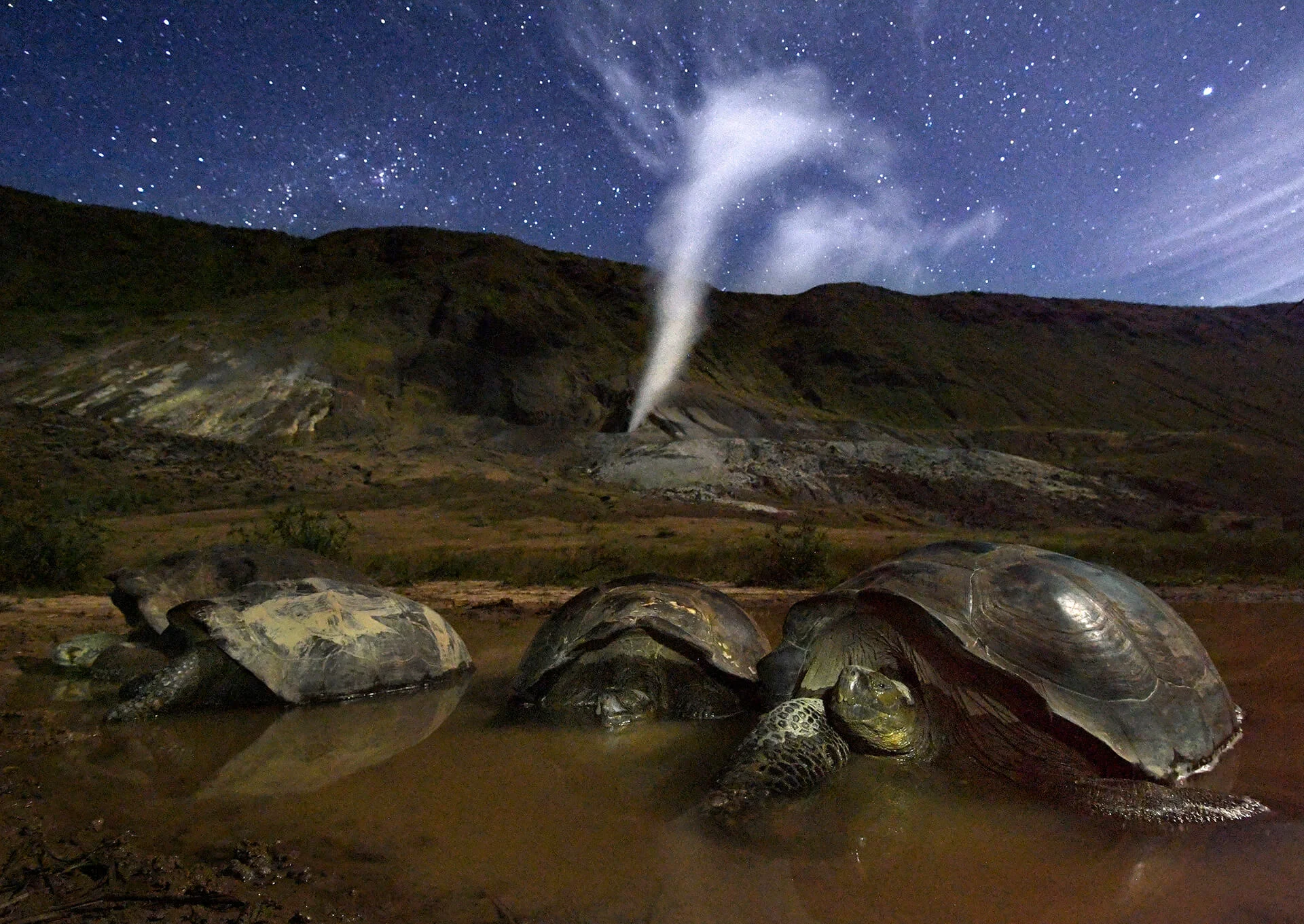
I was looking for a scene that, if I'd been able to get into a time machine and go back 100,000 years, that it would have looked almost the same.
Galapagos tortoises are unique to the islands. They are gigantic. This is the Alcedo volcano and it has the largest population of Galapagos tortoises in the world. It's incredibly remote. It's the hike from hell to get up there. The bushes are full of ticks, at the end, we walked away with probably 300 bites on each leg.
This is a wild place. It's hot. It’s tough. And yet, it's perfect habitat for these tortoises. We spent a week living in the volcano. Again, these tortoises are incredibly sensitive to climate change. So, you can see in the bottom of the crater there are these seasonal pools and when it rains, they fill up. The moment they are full, the tortoises migrate from all across this volcano, and they spend the night basking and sleeping in these pools.
No one's really quite sure whether it's a thermoregulation thing. I think they're trying to get away from the ticks, to be honest. I really wanted to take a picture that illustrated how intact and pristine and primordial this place still is.
I was looking for a scene that, if I'd been able to get into a time machine and go back 100,000 years, that it would have looked almost the same. And for me, being on that crater floor with that volcanic fumarole, with that vent pushing heated gas hundreds of meters into the air, that was it.
Tortoises were around at the end of the dinosaur era. Being able to combine this iconic, primordial setting with these unique animals at night, I wanted to capture a feeling, more than anything else. So that's probably the picture that even now, a year or so later, I still look at without getting bored.
